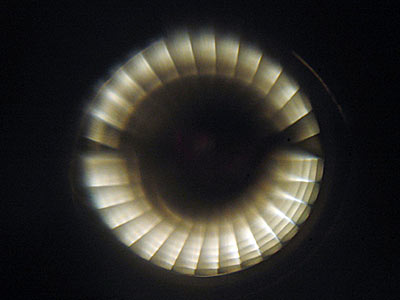I wake up, stare at the ceiling, I’m alive

Deciding what is and isn’t a planet is a problem on which the International Astronomical Union has generated a large amount of hot air. The challenge is to find a way of defining a planet that does not depend on arbitrary rules. For example, saying that bodies bigger than a certain arbitrary size are planets but smaller ones are not will not do. The problem is that non-arbitrary rules are hard to come by.
In 2006, the IAU famously modified its definition of a planet in a way that demoted Pluto to a second class member of the Solar System. Pluto is no longer a full blown planet but a dwarf planet along with a handful of other objects orbiting the Sun.
The IAU’s new definition of a planet isan object that satisfies the following three criteria. It must be in orbit around the Sun, have sufficient mass to have formed into a nearly round shape and it must have cleared its orbit of other objects.
Pluto satisfies the first two criteria but fails on the third because it crosses Neptune’s orbit(although, strangely, Neptune passes).
Such objects are officially called dwarf planets and their definition is decidedly arbitrary. In its infinite wisdom, the IAU states that dwarf planets are any transNeptunian objects with an absolute magnitude less than +1 (ie a radius of at least 420 km).
Today, Charles Lineweaver and Marc Norman at the Australian National University in Canberra focus on a new way of defining dwarf planets which is set to dramatically change the way we think about these obects.
The problem boils down to separating the potato-shaped objects in the Solar System from the spherical ones.
photo { Max Langhurst }


